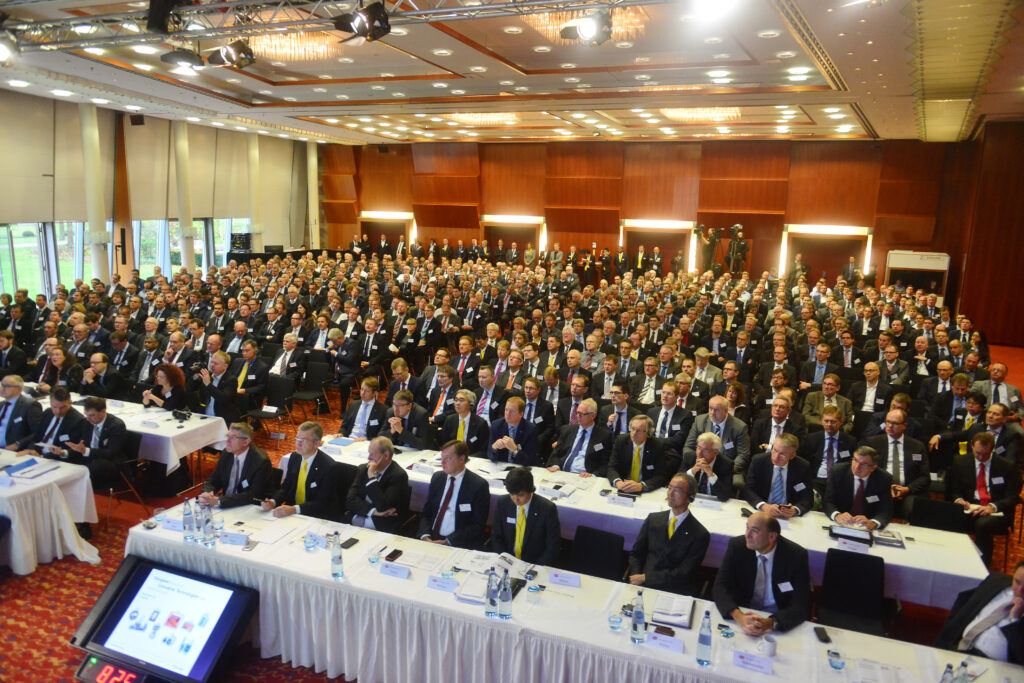Enormous potential despite the complexity
In the interview with Dr. Schünemann, responsible for PAT at BASF, a rosy future and enormous potential were predicted for process analytical technology. However, he also asserted later on that PAT has always been complex. And he’s right – on the other hand, PAT has always been a key technology because many process-relevant parameters in the chemical industry are very problematic to measure. Especially continuously. And even more so in-line.
Watch the interview!
Accurate measurements, precise control
A knowledge of these measured variables is nevertheless crucial. Continuous measurements and the ability to “watch” the process are a vital precondition of effective intervention. Precise control based on fast and accurate measurements has tremendous benefits. When it comes to PAT, innovations are the method of choice to achieve this. The following are just a few examples:
- New semiconductor materials and production processes facilitate new light sources for spectrometers, leading to more wavelength ranges and new resolution ranges.
- Advances in circuit technology permit signal processing speeds that enable measurements practically in real time, for instance high-resolution spectra in rapid succession.
- Complex evaluation procedures convert the measured data into information which, until only recently, no-one was aware even existed – or if they did, they had no idea how to extract it.
Good translation is the key
As far as the physics and chemistry are concerned, it looks as if PAT’s intricacies are with us to stay. The challenge, therefore, is mastering this increasing complexity. Modern HMI (human-machine interface) concepts are already capable of translating the complicated procedures taking place in the analyzer into a language that can be understood. They consistently categorize and prioritize
- The important and the not-so-important
- The urgent and the things that can wait
- The dangerous and the noteworthy
The answer, in other words, is for the PAT to translate ever more complex information in such a way that users can absorb it quickly, easily and without ambiguities. I’m quite happy to make up my own mind which specialty coffees I’d like to drink. However, my coffee maker knows far better than me exactly how to prepare them. It also tells me what I need to know in a language I, the user, understand.
The measuring systems are trained to communicate with people on precisely the right level:
- Clear information and trends for the operator
- Analytical details for the PAT specialist
[row][double_paragraph][ot-caption title=”Complex procedures…” url=”https://www.yokogawa.com/eu/blog/chemical-pharma/app/uploads/2017/02/TV-Web.257_GC_innenteil.jpg”][/double_paragraph][double_paragraph][ot-caption title=”…presented transparently” url=”https://www.yokogawa.com/eu/blog/chemical-pharma/app/uploads/2017/02/Anzeige_GC.png”][/double_paragraph] [/row]
It’s all about coming together
You can’t simply separate innovation into operation and analytics; you have to consider operation and analytics as one. It’s all about coming together – on the level of the problem, not just the solution.
PAT is likely to remain complex (at least inwardly), yet at the same time it’s a starting point for further performance improvements made possible by innovations: in-line, faster, more precise, more selective, more sensitive to trace substances, more reliable and more predictable.
That’s why PAT and its specialists have a rosy future with enormous potential ahead of them. What do you think?




